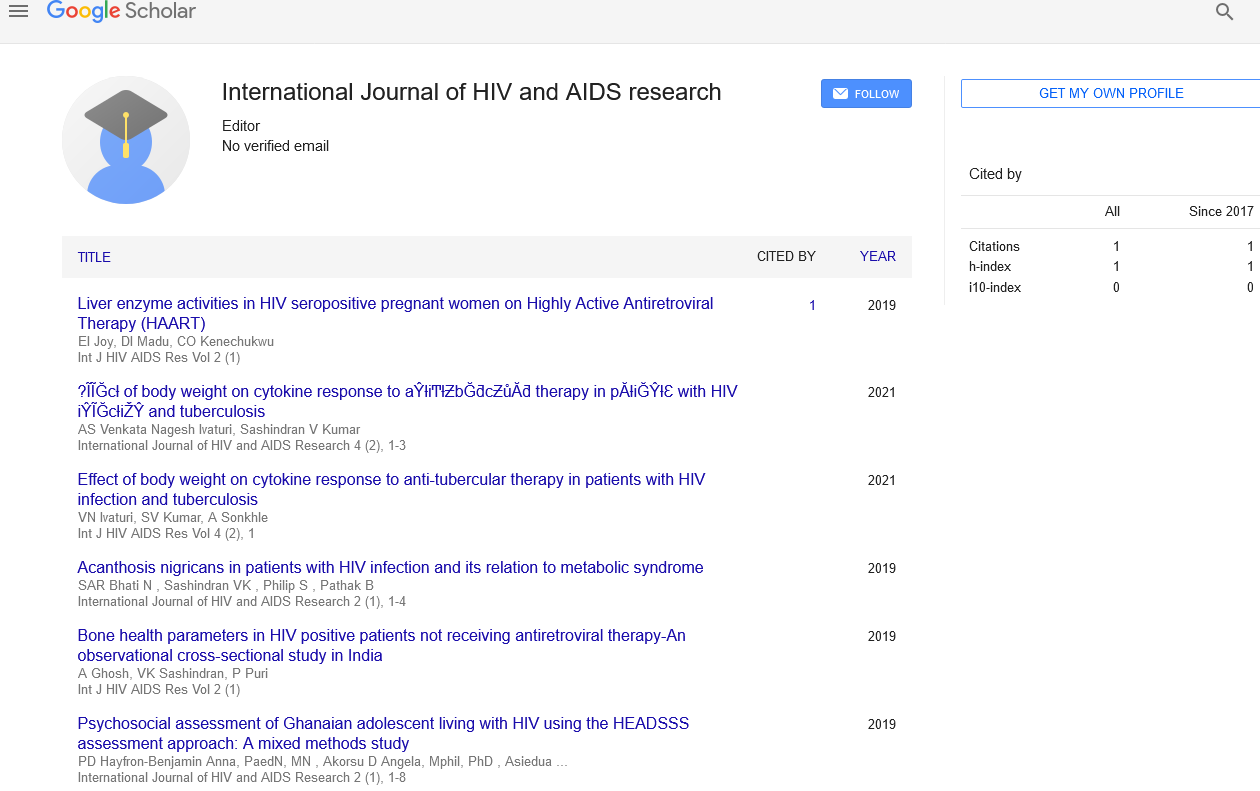
Sign up for email alert when new content gets added: Sign up
Assessment of Health Impact of food colorants using Zebra fish model system
Webinar on 2nd Global summit on Food Science and Nutrition
October 30, 2021 | Webinar
Padmshree Mudgal
University of Delhi, India
Keynote: Appl Food Sci J
Abstract :
There has been a steady increase in the demand for processed and visually appealing food, leading to the rise in the consumption of foods with artificial food colorants. Zebra fish embryo toxicity assays were performed with erythrosine and tartrazine, the two most commonly used artificial food colorants in candies and Indian sweets. Our study shows that 0.05% and above concentration of erythrosine and 0.5% and above concentration of tartrazine are embryo toxic in a time-dependent manner. Both erythrosine and tartrazine treated zebra fish embryos exhibited phenotypic and morphological developmental deformities. The impact of erythrosine and tartrazine in inducing oxidative stress in zebra fish embryos was also assessed. Both erythrosine and tartrazine treated embryos showed significantly increased activity of Superoxide dismutase (SOD) enzyme. SOD mRNA transcripts in the treated embryos were also found to be significantly up regulated. These studies indicate that exposure to food colorants up-regulates cytoplasmic SOD transcription as an antioxidant defense to combat oxidative stress induced in zebra fish embryos. Behavioral analysis using VLNOR (Visual Lateralization Novel Object Recognition) test which exploits the brain lateralization, to model learning and memory in zebra fish was also performed. It is based on the assumption that when the larvae are exposed to a novel object for the first time preference is given to the left eye for viewing the object. As larvae get familiarized with the object with memory formation there is a shift towards right eye preference to view the object on next encounter. Delay in learning and inhibition in memory retention was observed in tartrazine treated larvae. Further studies need to be performed to re-asses the permitted levels of food additives considering their long-term effects on humans especially children.
Biography :
Padmshree Mudgal has her expertise in using zebra fish model system in assessing the health impact of food additives and environmental pollutants. She has been exploring the impact at the molecular level studying the signaling pathways involved. Her interest also involves evaluating the therapeutic potential of traditional Indian medicine in various human diseases using zebra fish model system with a purpose to develop cheaper and safe alternative therapy protocols. She has a passion for teaching and has co- authored a book titled “Textbook in Membrane Biology”, a springer publication in 2017 which has become very popular among undergraduate and postgraduate students. She is a recipient of many awards including the ‘Teaching Excellence award for Innovation’ by University of Delhi in 2015.




